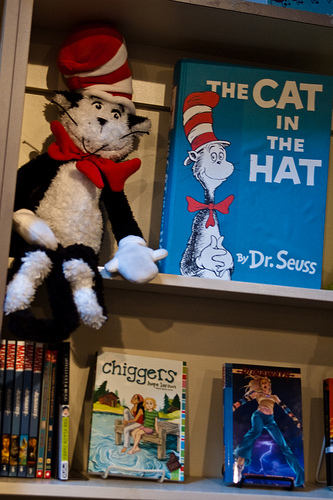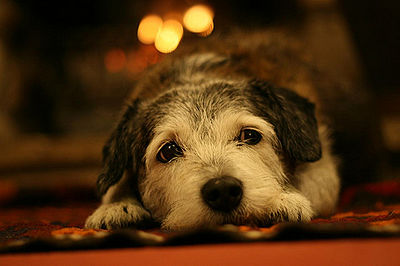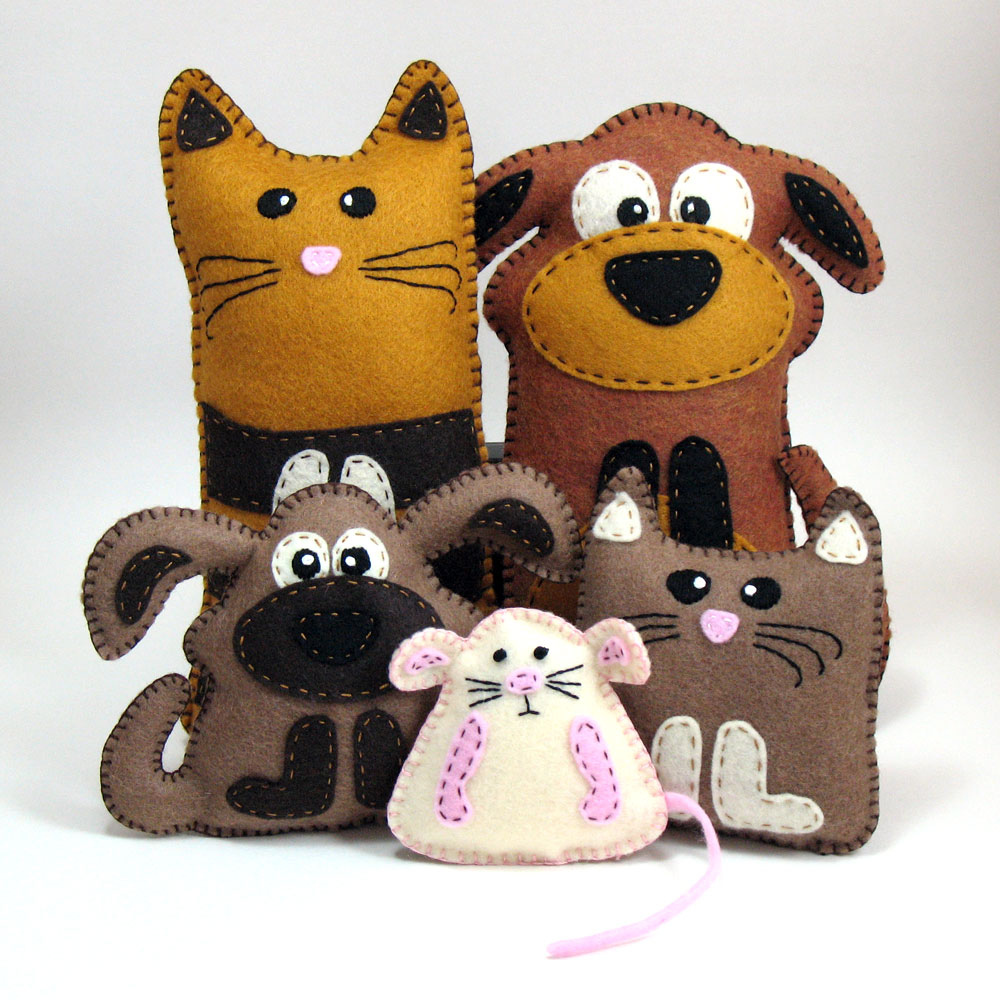
Animals have always had a central part in storytelling. Ancient storytellers who drew their stories on cave walls told stories about animals. Aesop’s Fables were composed around the 6th century BC and use animals as examples for human behavior. The ancient Egyptians and Greeks told stories about mythological animals and the Bible is full of animal symbolism. Native Indian cultures use animal stories to explain the mysteries of life and the universe. In the 17th and 18th centuries animal stories were used to criticize human behavior. Jonathan Swift is famous for this technique. As Darwin’s theory of evolution took hold and people began to understand the connection between animals and humans, literature focused on animal rights and the dangers modern technology pose to the animal kingdom.
Often, authors give animals the gift of speech in their stories. Sometimes this is done to entertain children who relate well to stories about animals. Animals in literature usually combine the basic characteristics of the animal with human behavior. This technique allows for satire, metaphor and just plain fun. Sometimes the animals interact with each other in human ways and sometimes they also interact with humans. Some animal stories feature animals who dress like humans or live in human houses. Other stories feature animals who act like animals in every way except for having the power of speech.
Contents |
Some famous fictional cats
- The pussycat who went to London to see the queen, in the nursery rhyme.
- The fiddle-playing cat in the nursery rhyme where the cow jumped over the moon.
- The three little kittens who lost their mittens in the nursery rhyme.
- Beth March’s kittens in Louisa May Alcott’s Little Women.
- Dr. Seuss’ The Cat in the Hat.
- Kitty, the Ingalls family mouser in Laura Ingalls Wilder’s Little House books.
- Ginger, the orange tom cat from C.S. Lewis’s “Narnia” Books.
- Mrs Figg’s cats in Harry Potter.
- Fat Louie, Mia’s cat in The Princess Diaries series.
Some famous fictional dogs
- Jack, from Little House on the Prairie series by Laura Ingalls Wilder.
- Toto, in The Wonderful Wizard of Oz by L. Frank Baum.
- Timmy, in the Famous Five series of books by Enid Blyton.
- The main character in Jack London’s book White Fang is a dog by that name.
- Yellow Dog Dingo, dog in Rudyard Kipling’s Just So Stories.
- Fang, Hagrid’s dog in the Harry Potter books.
Some famous fictional rabbits
- Peter Cottontail in the stories of Thornton Burgess.
- Peter Rabbit and friends in the books of Beatrix Potter.
- Uncle Wiggily, in the stories of Howard R. Garis.
- The White Rabbit and the March Hare in Lewis Carroll’s Alice’s Adventures in Wonderland.
- Rabbit, in A. A. Milne’s Winnie the Pooh stories.
Some famous fictional birds
- Four and twenty blackbirds baked in a pie in the nursery rhyme.
- Nightingale in The Emperor and the Nightingale, by Hans Christian Andersen.
- Robin in The Secret Garden, novel by Frances Hodgson Burnett.
- The swan in The Ugly Duckling fairy tale by Hans Christian Andersen.
Some famous fictional pigs
- The Three Little Pigs from the fairy tale.
- Wilbur in Charlotte’s Web by E. B. White.
- Napoleon, Old Major, Snowball and Squealer in Animal Farm by George Orwell.
- Piglet in A. A. Milne’s Winnie-the-Pooh stories.
- Lester, in the Mrs. Piggle-Wiggle series by Betty MacDonald.



